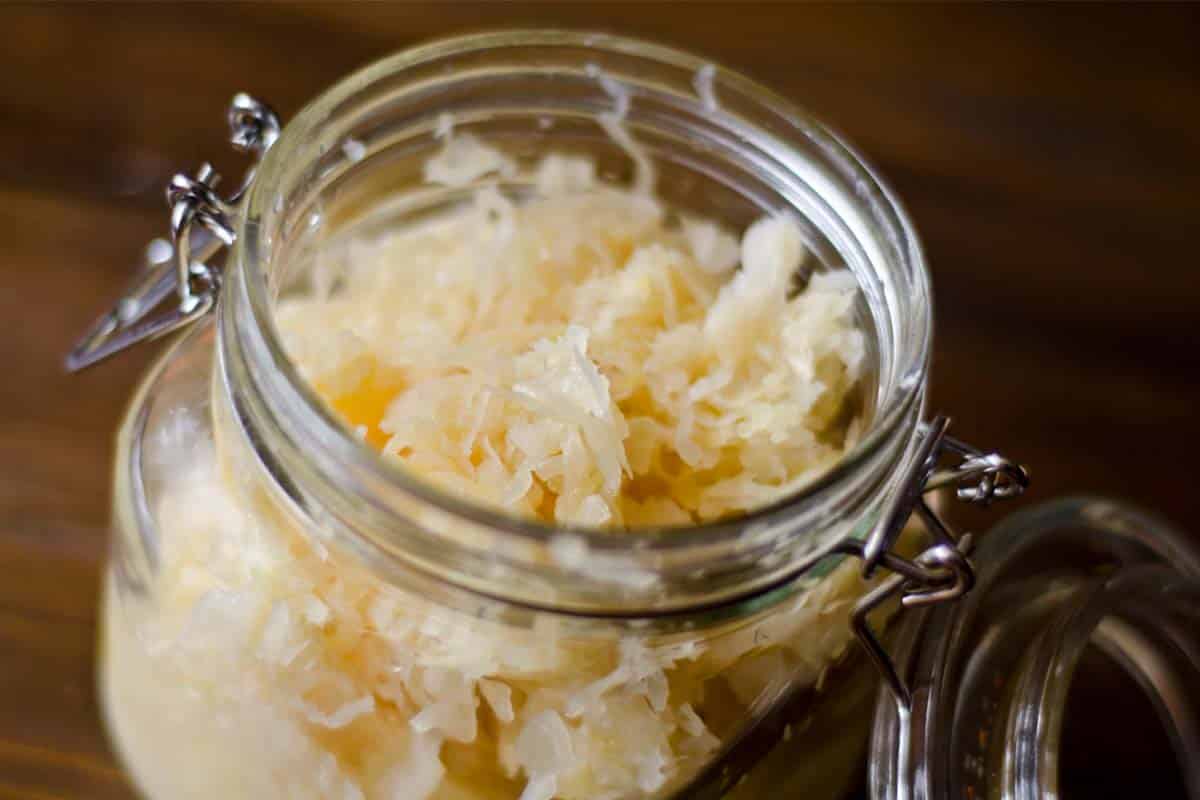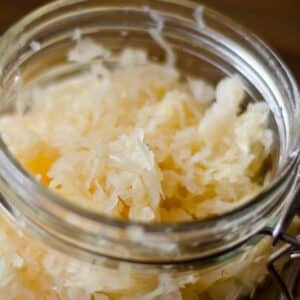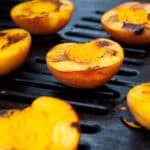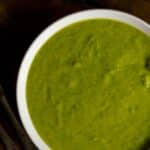Sauerkraut, a fermented cabbage dish, has long been a dietary staple in many cultures. From its roots in German cuisine to its global presence as a probiotic powerhouse, sauerkraut is as versatile as it is ancient. Dig deep into the art of making sauerkraut at home, discover its rich nutritional benefits, and set out on a path to sauerkraut mastery.

Paleo Sauerkraut
At its core, sauerkraut is the result of a magical process called fermentation. This process involves beneficial bacteria breaking down the sugars in cabbage to create lactic acid, the compound responsible for that tangy sauerkraut flavor. Not only does this preserve the cabbage, but it also enhances its nutritional profile, boosting vitamins and creating gut-friendly probiotics. Understanding this biological dance is key to appreciating sauerkraut beyond its taste.
The transformation of cabbage into sauerkraut doesn't only affect its taste—it amps up its health benefits too. Fermentation makes the cabbage more digestible, increases the bioavailability of nutrients like vitamin C, and produces live cultures that are excellent for the gut health. This makes sauerkraut a superstar in the realm of fermented foods, bringing a crunch to the table alongside a host of health perks.
From breakfast to dinner, sauerkraut can make a flavorful and nutritious addition to your meals. Add it to an Oven Omelette at breakfast, a Cobb Salad at lunch, or a simple Vegetable Stir-Fry for dinner. The possibilities are as endless as the benefits are boundless.
Ingredients
Serves: 128 Prep Time: 30 minutes Ferment Time: 7-10 days
- 4 or 5 heads of red or green cabbage, shredded
- ¼ cup sea salt
How to Make Paleo Sauerkraut
Place the shredded cabbage little by little in your fermentation jar, pounding them vigorously and sprinkling some of the sea salt as you go.
Make sure the mixture fills the jar up to 1 inch bellow the top (because of the expansion), adding more if needed, and that the extracted water covers the vegetables entirely. If not, create a brine of 2 tablespoons sea salt to 4 cups water and add it to the cabbage.
Press the vegetables and keep them under the brine by placing a plate or a lid on top weighted down by a rock or a jug of water. Cover with a clean towel if needed to keep out fruit flies.
Place the fermentation jar in a warm spot in your kitchen and allow the Sauerkraut to ferment for 7 to 10 days.
Check on it from time to time to be sure that the brine covers the vegetables and to remove any mold that may form on the surface.
A good way to know when it’s ready is to taste it during the fermentation process and move it to the refrigerator when you’re satisfied with the taste.
More Unique Recipes
If you love unique recipes as much as I do, then you'll want to add it to your meal plan regularly. Below are a few more family-favorite recipes to check out and bookmark for making soon.
- Braised Rabbit with Thyme
- Bacon Wrapped Sausage with Apples
- Nicoise Chicken Stew Recipe
- Paleo Bison Meatloaf
📖 Recipe

Paleo Sauerkraut
Equipment
- 1 Fermentation Jar
Ingredients
- 4 or 5 heads of red or green cabbage shredded
- ¼ cup sea salt
Instructions
- Place the shredded cabbage little by little in your fermentation jar, pounding them vigorously and sprinkling some of the sea salt as you go.4 or 5 heads of red or green cabbage, ¼ cup sea salt
- Make sure the mixture fills the jar up to 1 inch bellow the top (because of the expansion), adding more if needed, and that the extracted water covers the vegetables entirely. If not, create a brine of 2 tablespoons sea salt to 4 cups water and add it to the cabbage.
- Press the vegetables and keep them under the brine by placing a plate or a lid on top weighted down by a rock or a jug of water. Cover with a clean towel if needed to keep out fruit flies.
- Place the fermentation jar in a warm spot in your kitchen and allow the Sauerkraut to ferment for 7 to 10 days.
- Check on it from time to time to be sure that the brine covers the vegetables and to remove any mold that may form on the surface.
- A good way to know when it’s ready is to taste it during the fermentation process and move it to the refrigerator when you’re satisfied with the taste.





Leave a Reply